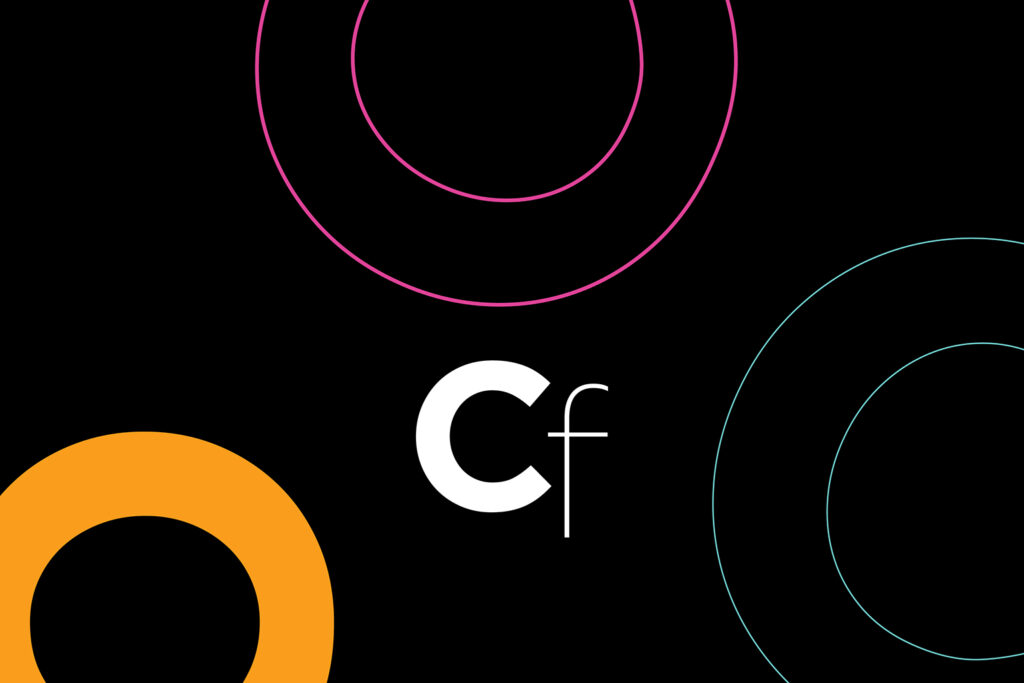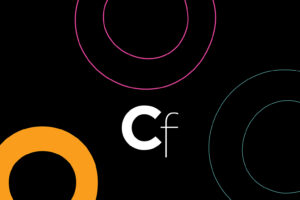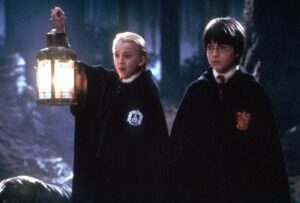Pope Francis’s Most Timeless Insights on Art and Artists


Pope Francis, who died today, April 21 at the age of 88, is remembered as a pontiff of many firsts. Born Jorge Mario Bergoglio in Buenos Aires, Argentina, he became the first pope from Latin America and the Southern Hemisphere, and the first from the relatively progressive Jesuit order. In the realm of arts and culture, Pope Francis arguably also heralded a new era for the papacy: He was the first pope to visit the Venice Biennale, supported the creation of new artworks, and opened a contemporary art gallery at the Vatican library. He also said he supported the restitution of artifacts stolen under colonial violence (though the Vatican Museums faced criticism for failing to meet Indigenous repatriation demands).
Perhaps most memorably, however, the 266th pope was a vocal advocate of artists, and his belief in their power to inspire faith and social change is well-documented. He expounded his vision for art’s potential to counter a modern-day “culture of waste” in the 2015 book La mia idea di arte, published in collaboration with Italian journalist Tiziana Lupi, and a related documentary, as well as in numerous sermons and blessings.
Below, we look back at some of Pope Francis’s timeless insights on art and artists — from the role of museums and the pitfalls of the art market to artists’ unique ability to “dream new versions of the world.”
From Pope Francis’s address to artists during the 60th Venice Biennale on April 28, 2024:
On art as “refuge”
I would like to send everyone this message: the world needs artists … I confess that beside you I do not feel like a stranger: I feel at home. And I think that, in reality, this applies to every human being, because, for all intents and purposes, art takes on the status of a “city of refuge,” an entity that disobeys the regime of violence and discrimination in order to create forms of human belonging capable of recognizing, including, protecting, and embracing everyone. Everyone, starting from the least.
On the art market:
… Art educates us in this type of outlook, not possessive, not objectifying, but neither indifferent nor superficial; it educates us in a contemplative gaze. Artists are part of the world but are called to go beyond it. For example, it is more urgent now than ever to know how to distinguish clearly art from the market. Certainly, the market promotes and canonizes, but there is always the risk that it will prey on creativity, steal innocence and, finally, coldly instruct on what is to be done.
On women artists:
It is true that no one has a monopoly on human suffering. But there is joy and suffering that unite in the feminine in a unique form and which we must listen to, because they have something important to teach us. I am thinking of artists such as Frida Khalo, Corita Kent or Louise Bourgeois, and many others. I hope with all my heart that contemporary art can open our eyes, helping us to adequately value women’s contribution as co-protagonists of the human adventure.
From interviews with journalist Tiziana Lupi, compiled in La mia idea di arte (Libri Mondadori, 2015):
On the role of museums:
The Vatican Museums must be increasingly a place of beauty and hospitality. They must welcome new forms of art. They must open their doors to people from all over the world. They must be an instrument of dialog between cultures and religions, an instrument of peace. And they must be alive! Not dusty repositories of the past only for ‘the elite’ and ‘the well-educated,’ but rather a vital reality capable of safeguarding the past so as to recount it to today’s world, beginning with the most humble.
On artists and faith:
The artist is the witness of the invisible, and the work of art is the strongest proof that incarnation is possible. To make visible the mystery of the strength of a work of art, the hands of the artist are necessary, and the hands, symbolically, are that which give us dignity, because they are our working instrument.
From an address to artists during the 50th anniversary of the Vatican Museums’s modern art collection, on June 23, 2023:
On artists’ childlike essence:
For [Romano] Guardini, “a work of art opens a space into which we can step, in which we can breathe, move about and encounter objects and persons as they open up before us.” It is true that in the encounter with art, boundaries become more fluid and the limits of our experience and understanding broaden. Everything seems more open and accessible. We experience the spontaneity of the child filled with imagination and the intuition of the visionary who grasps reality. For the artist is a child — by this I mean no offense — who gives free rein to originality, novelty and creativity, and thus brings into the world something new and unprecedented.
On the power of artists:
As artists, then, you have the ability to dream new versions of the world, to introduce novelty into history. New versions of the world. That is why Guardini also says that you are like visionaries. You are a bit like prophets. You can see things both in depth and from afar, like sentinels who strain their eyes, peering into the horizon and discerning deeper realities. In doing so, you are called to reject the allure of that artificial, skin-deep beauty so popular today and often complicit with economic mechanisms that generate inequality.




